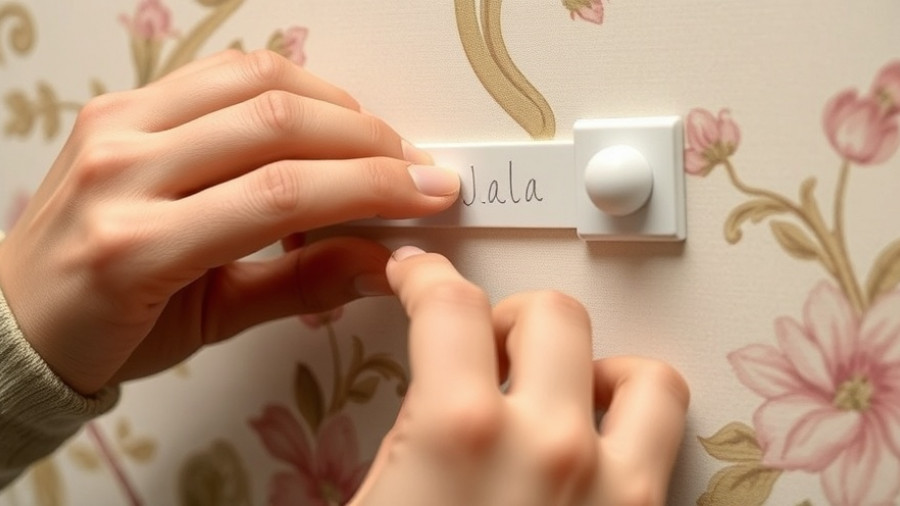
Understanding the Benefits of Temporary Hooks
Temporary hooks have revolutionized the way homeowners can decorate and organize their spaces without damaging walls. These innovative products allow you to hang items with minimal risk of creating unsightly holes or marks, ideal for renters or anyone reluctant to commit to permanent solutions. The key to successfully using them lies in understanding the different types available and how to apply them correctly.
Types of Temporary Hooks and Their Best Uses
There are three main types of temporary hooks: adhesive strips, suction hooks, and magnetic hooks. Each type has its strengths depending on the surface and the weight of items being hung.
- Adhesive Strip Hooks: These hooks utilize strong, pressure-sensitive adhesives and work best on smooth, non-porous surfaces. However, be sure to avoid using them on textured walls or surfaces that have been painted recently.
- Suction Hooks: Suction hooks rely on a vacuum seal to hold items up. They perform admirably on smooth surfaces like tile or glass but may slip if overloaded. Regular maintenance is critical to ensure they do not pull down anything that’s hanging.
- Magnetic Hooks: These are excellent for metal surfaces and are less likely to damage walls. However, care should be taken to clean both the hook and the surface to avoid scratches upon removal.
Why Proper Surface Preparation Matters
To prevent damage from temporary hooks, proper surface preparation is essential. Always clean your walls with rubbing alcohol before adhering to prevent dirt or oils from compromising the adhesive's effectiveness. For painted walls, it’s also crucial to wait at least a week after a fresh coat of paint before applying adhesive hooks.
Careful Removal: The Key to Avoiding Wall Damage
Removing temporary hooks can be where the most damage occurs if not done correctly. Whether using adhesive, suction, or magnetic hooks, patience is crucial. For adhesive hooks, gently pull straight down to stretch the adhesive. If you encounter resistance, using a hair dryer to warm the adhesive can help. Suction hooks should be pried gently from the edges, avoiding forceful tugs that can damage wall surfaces.
Alternative Hanging Solutions: Beyond Temporary Hooks
While temporary hooks are a great solution for renters and those seeking flexibility, they are not the only option. Other tools such as command strips and even damage-free picture hanging solutions may provide additional support for heavier items. Always consider the weight limits before using any of these solutions to avoid potential mishaps.
Conclusion: Taking Action to Safeguard Your Walls
Using temporary hooks does not have to be a risk when you are equipped with the right knowledge. By understanding how to choose the proper hook for your needs and following the correct application and removal procedures, you can decorate your home with confidence. Now that you are informed, take steps to prepare your walls properly and enjoy your decorations worry-free!
 Add Row
Add Row  Add
Add 




Write A Comment